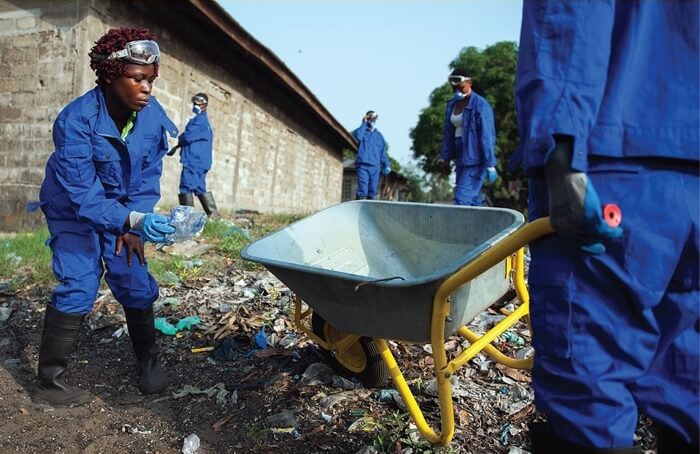Excerpt from Sapiens.org
The Aleutian Islands, which stretch 1,100 miles across the Bering Sea from the Alaska Peninsula, are commonly described as “pristine” in books and documentaries. The remote islands, the majority of which are uninhabited, do indeed seem wild and mostly untouched by human hands. But they are not. As an archaeologist, I know that humans used these lands for thousands of years.
I have been studying archaeological assemblages from the Aleutians for six years but have had the privilege of making the expensive trip from Buffalo, New York, to the islands only once. In 2019, a several hours long flight from Anchorage brought us to Adak, the westernmost island in the Aleutians with an airport and one that has a population of around 300. From there, we loaded onto a boat for a 20-plus-hour ride to Kiska Island in the Rat Islands group.
Our first archaeological site on Kiska was in a protected bay. Like many ancient archaeological sites, its significance for past humans was only visible in very slight changes to the vegetation and topography. The rocky beach gradually rose up to meet rolling tundra completely devoid of trees. Occasionally, we would glimpse sea otters or sea lions in the bay, which would watch us just as curiously as we watched them.

Island Innovation is a social enterprise and digital media company at the intersection of sustainable development and communications, offering specialised services across various sectors. We bring together the private sector, government, utilities, NGOs and universities to advance innovation for sustainability and prosperity in islands worldwide.















